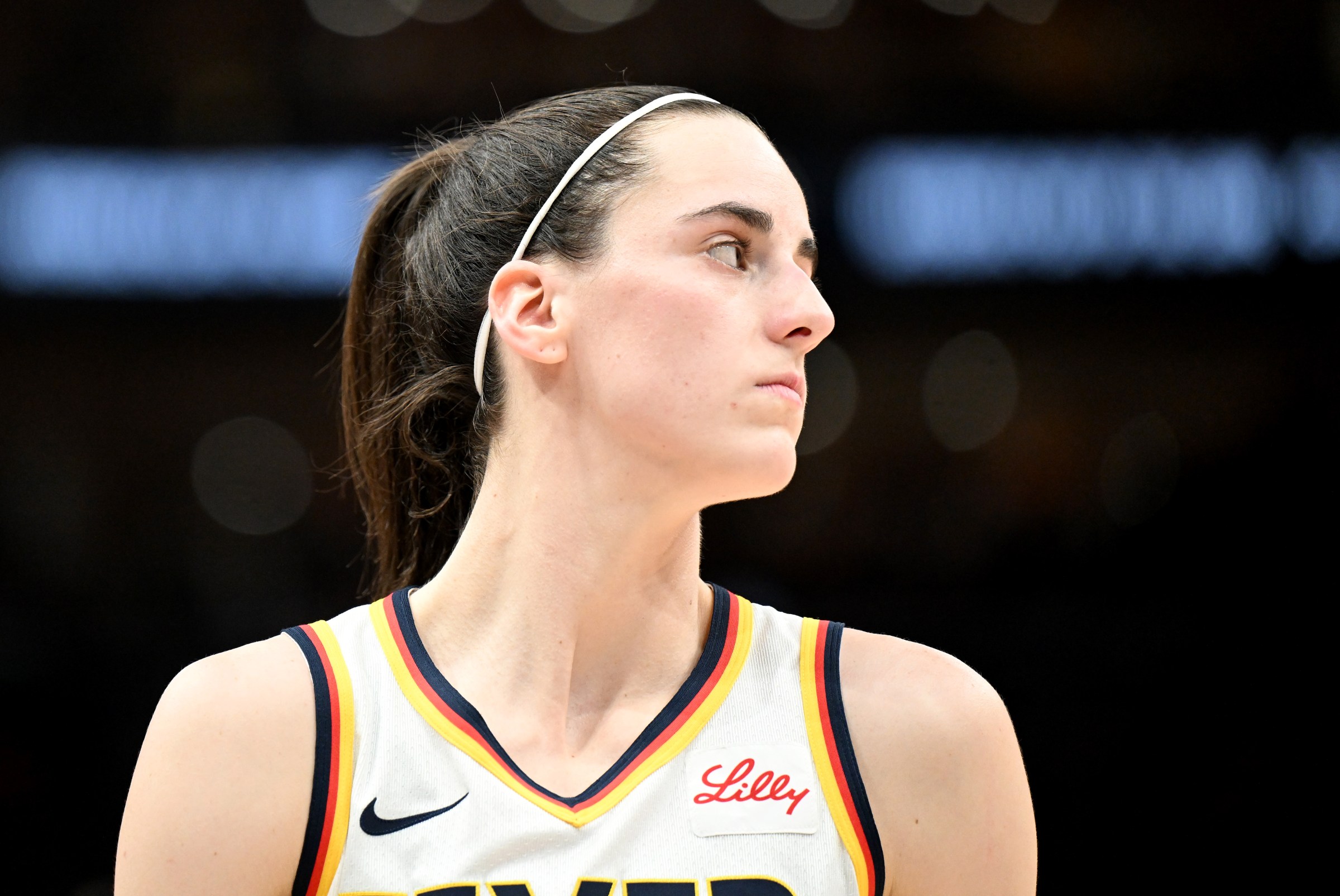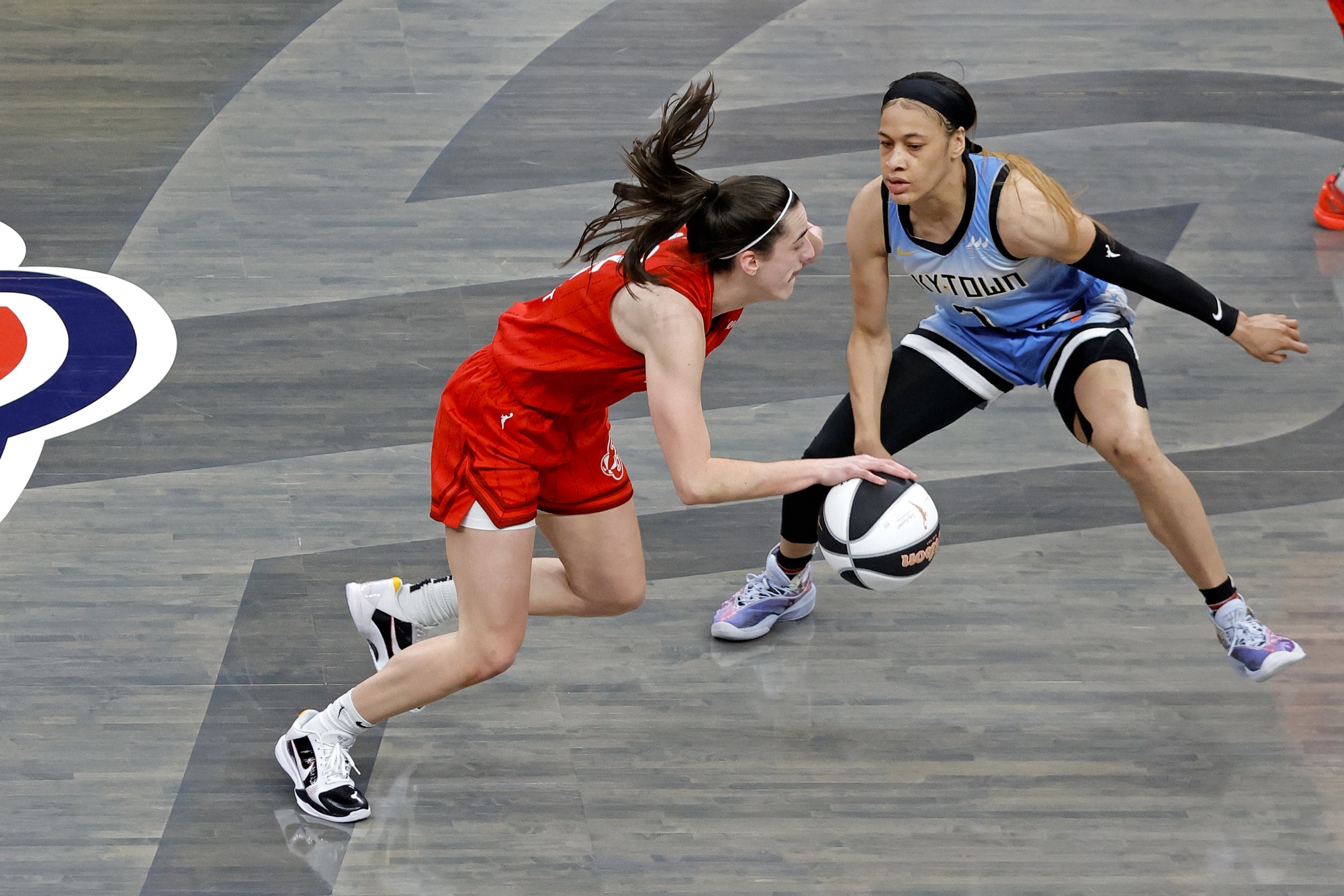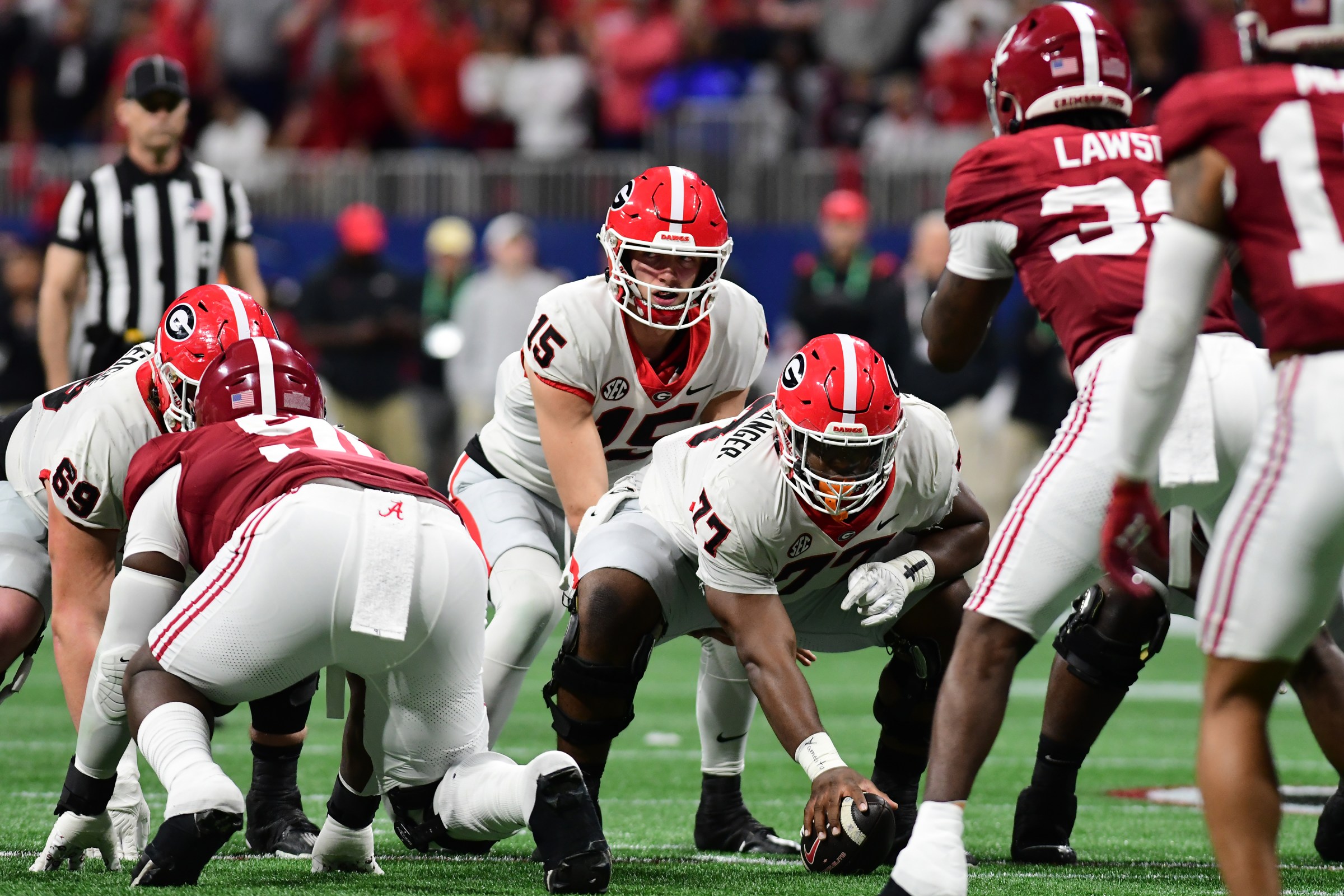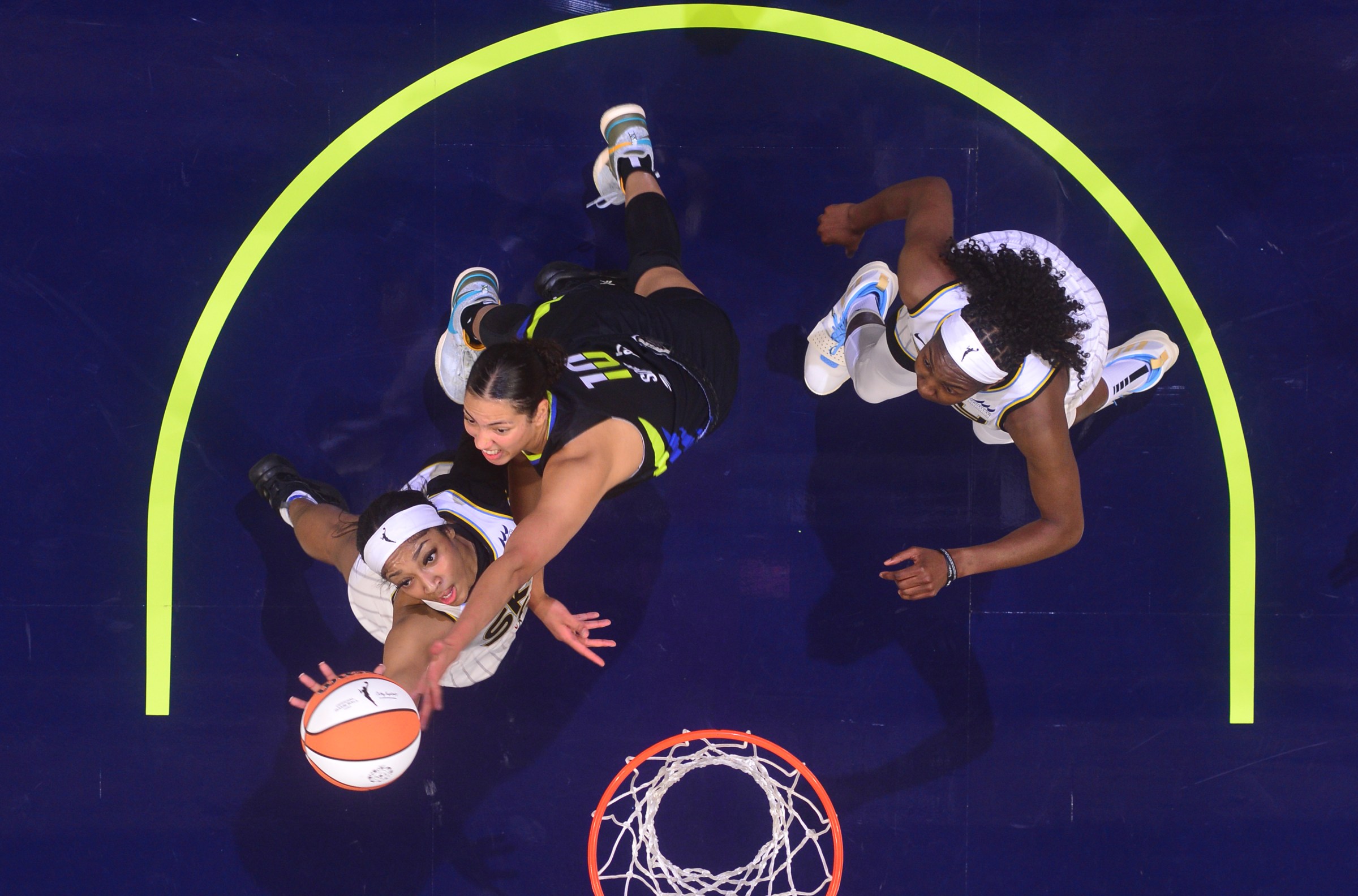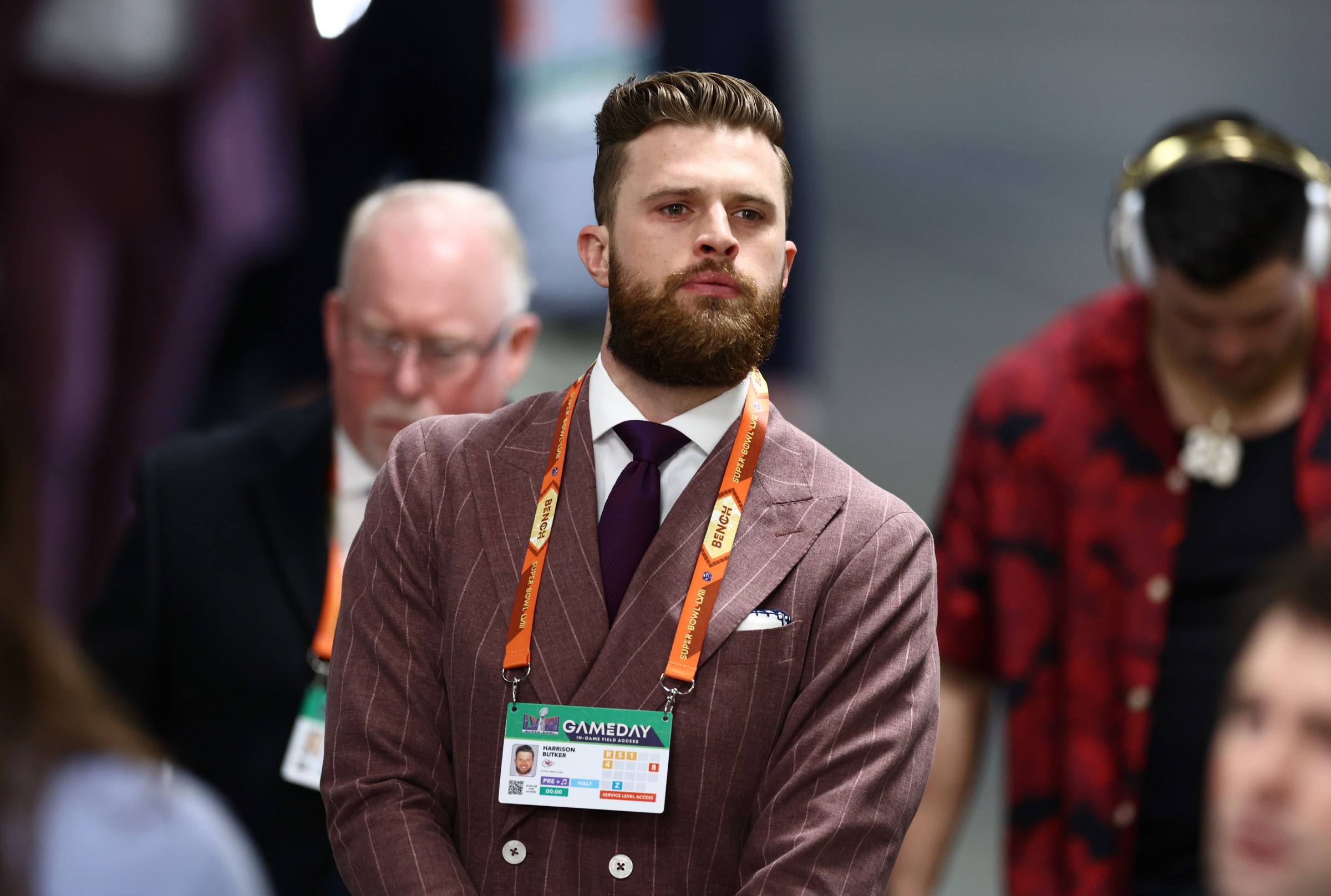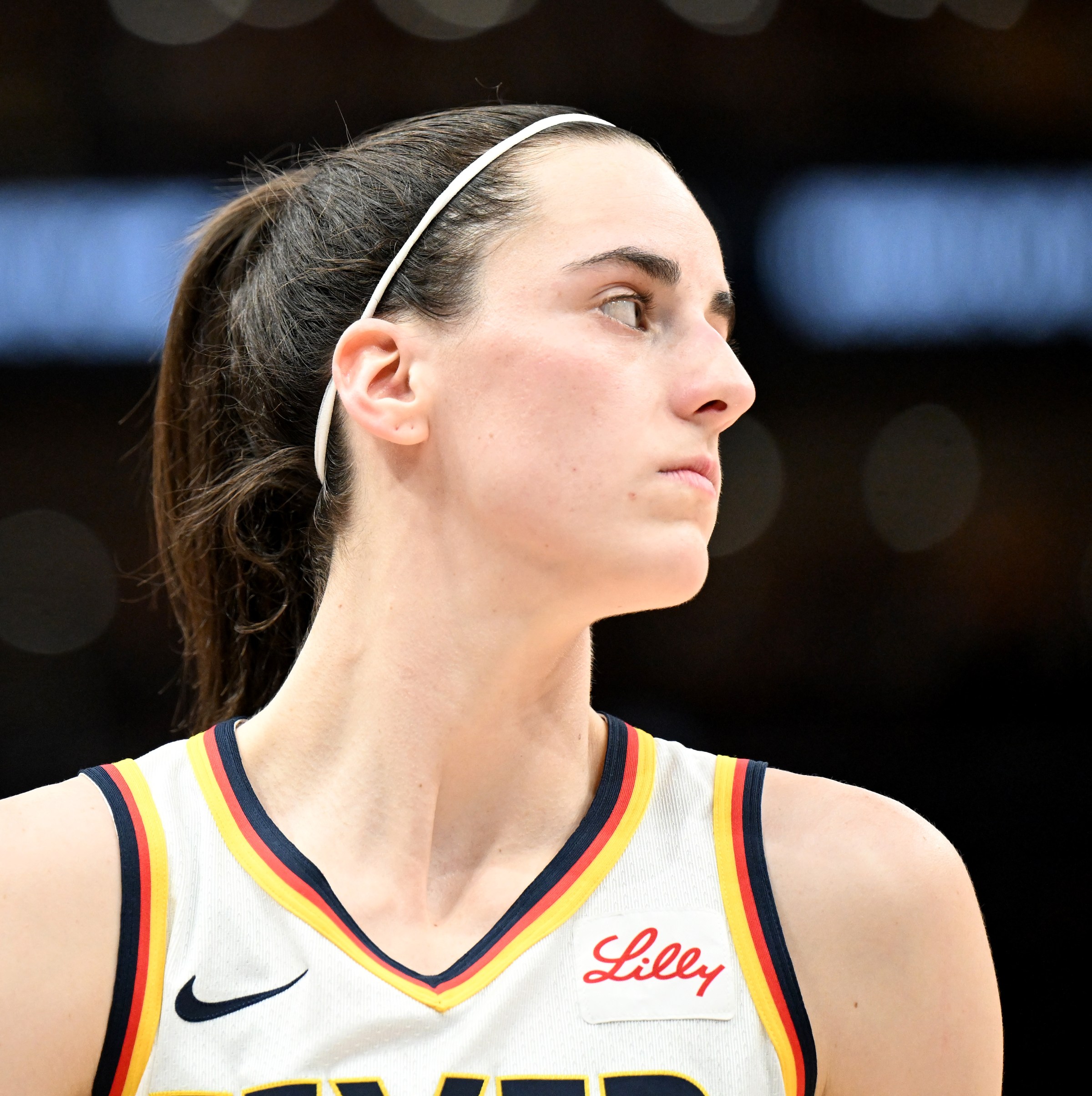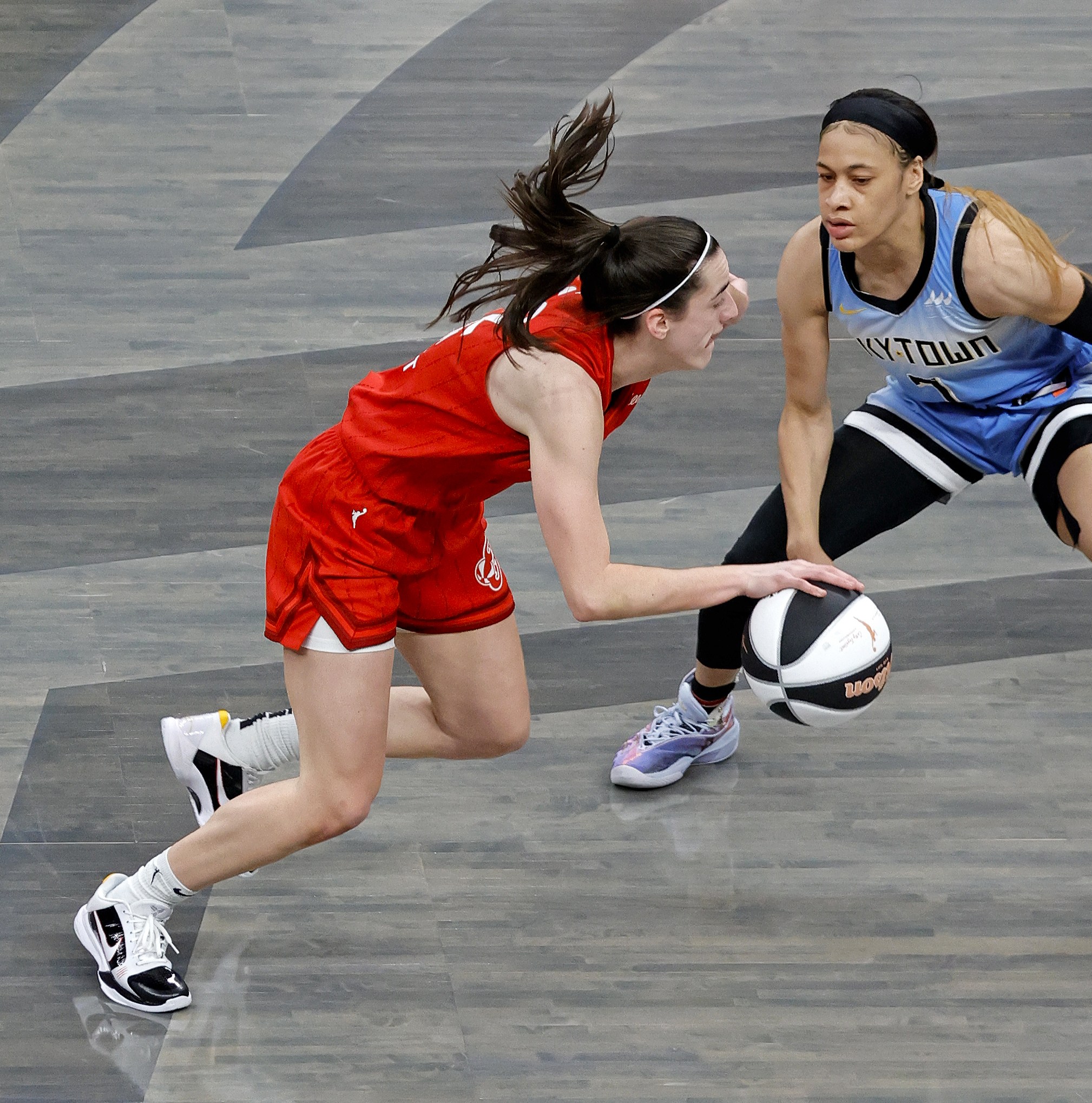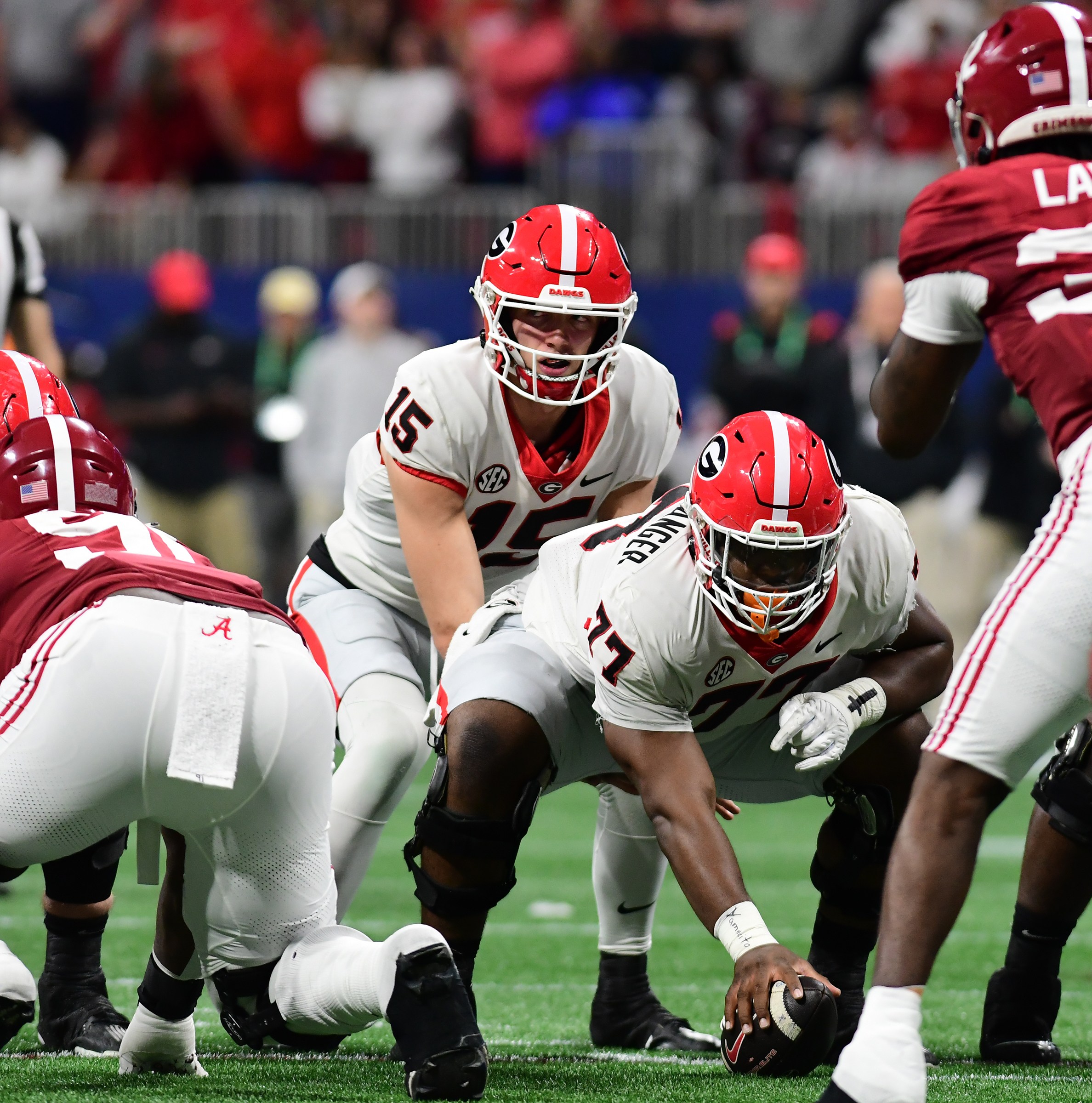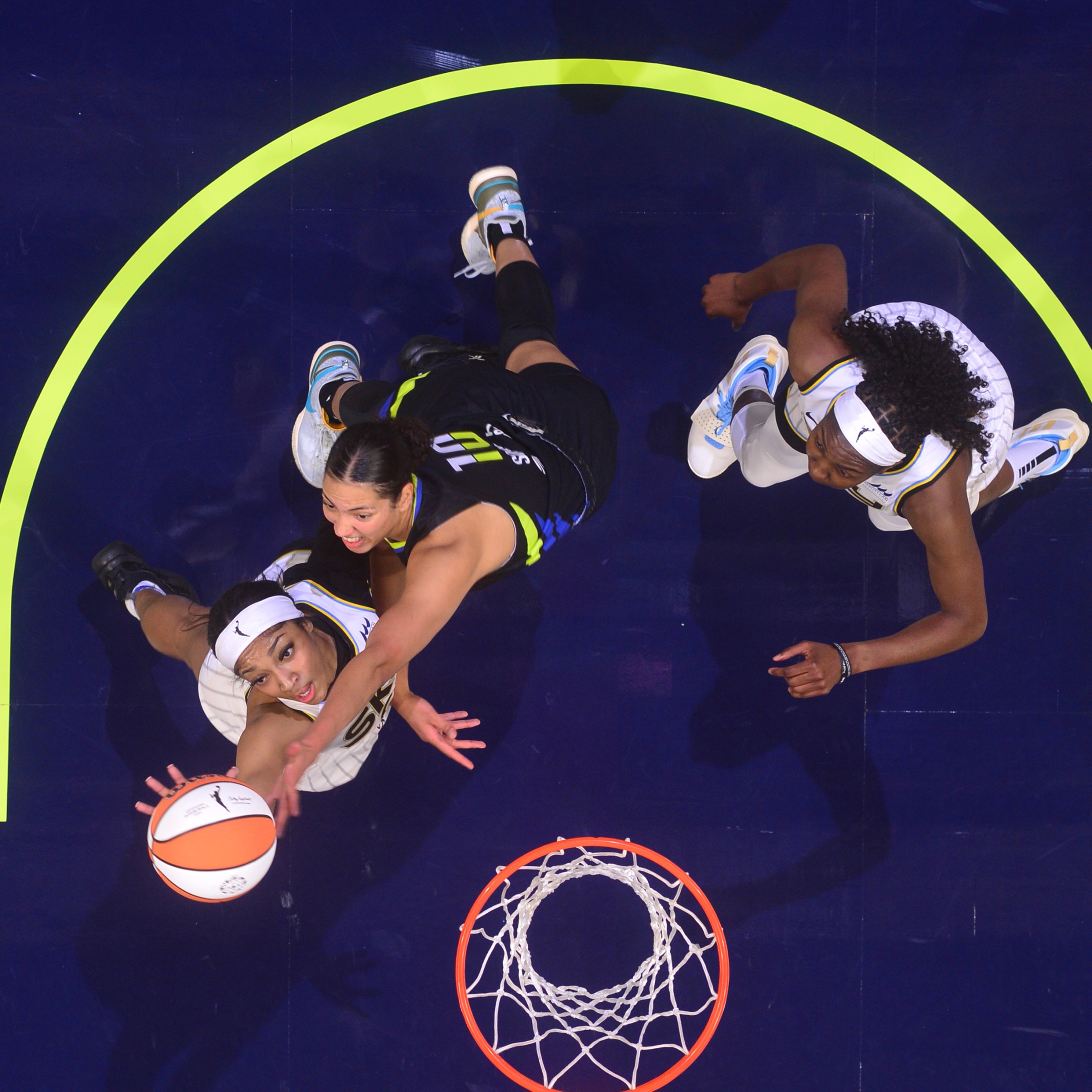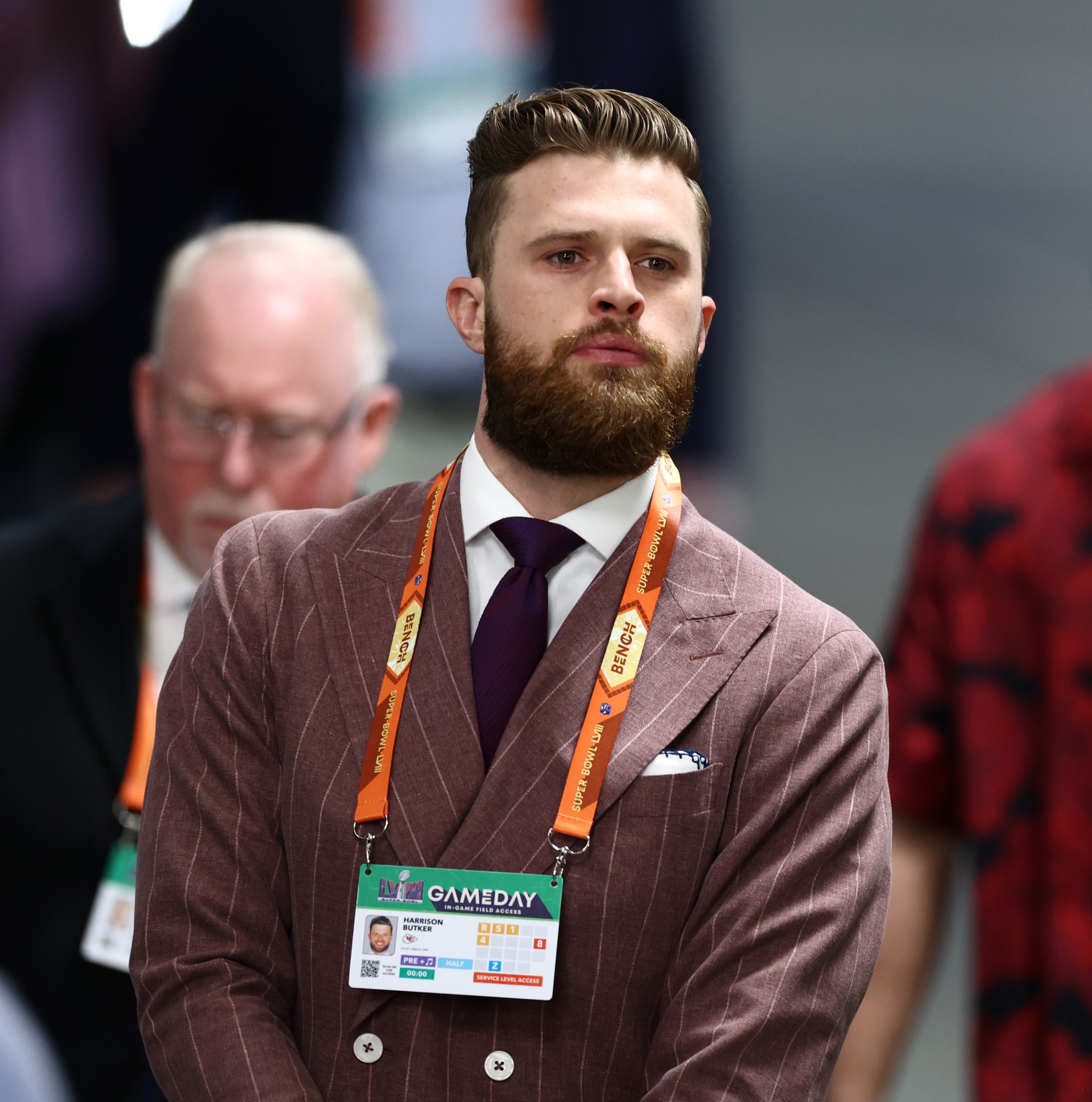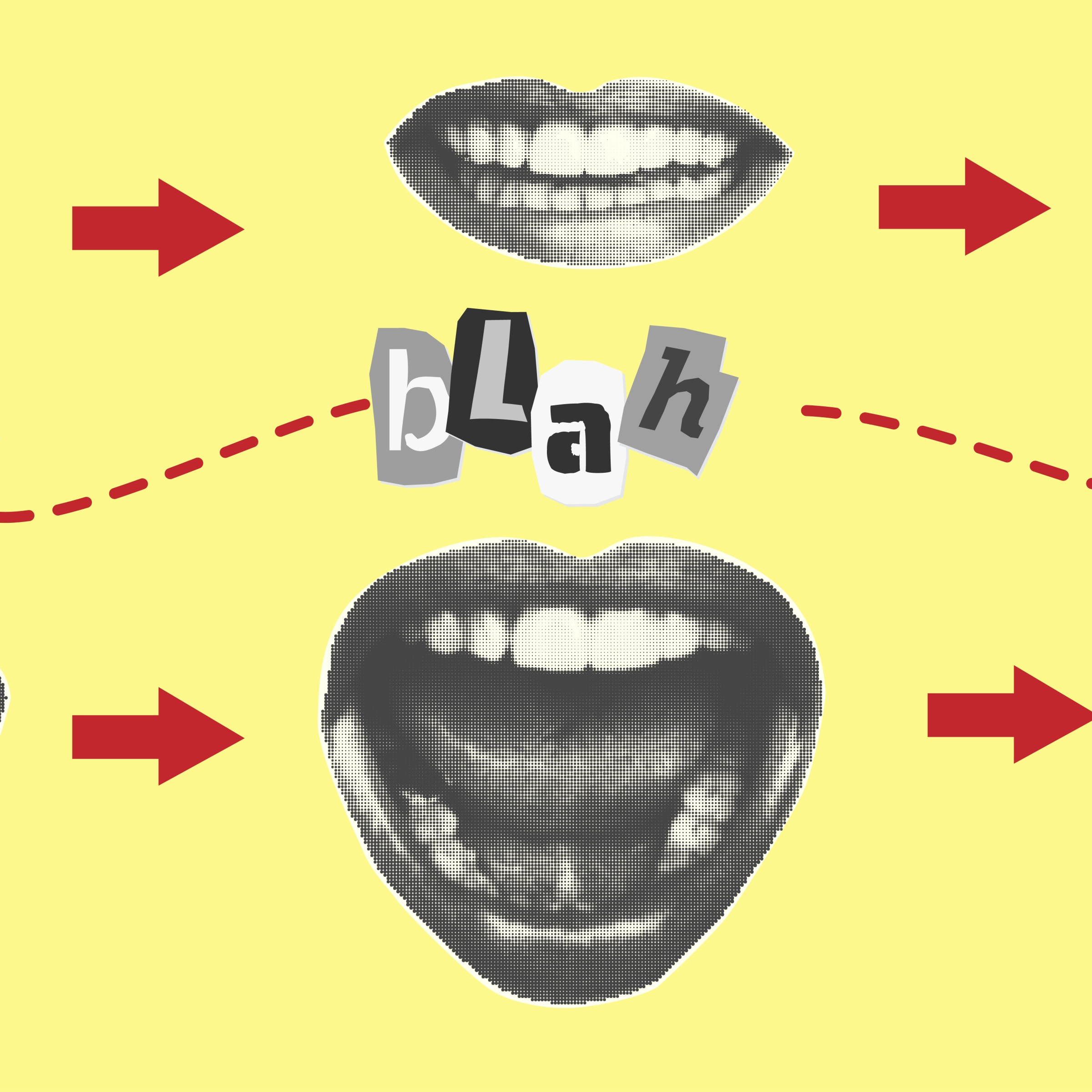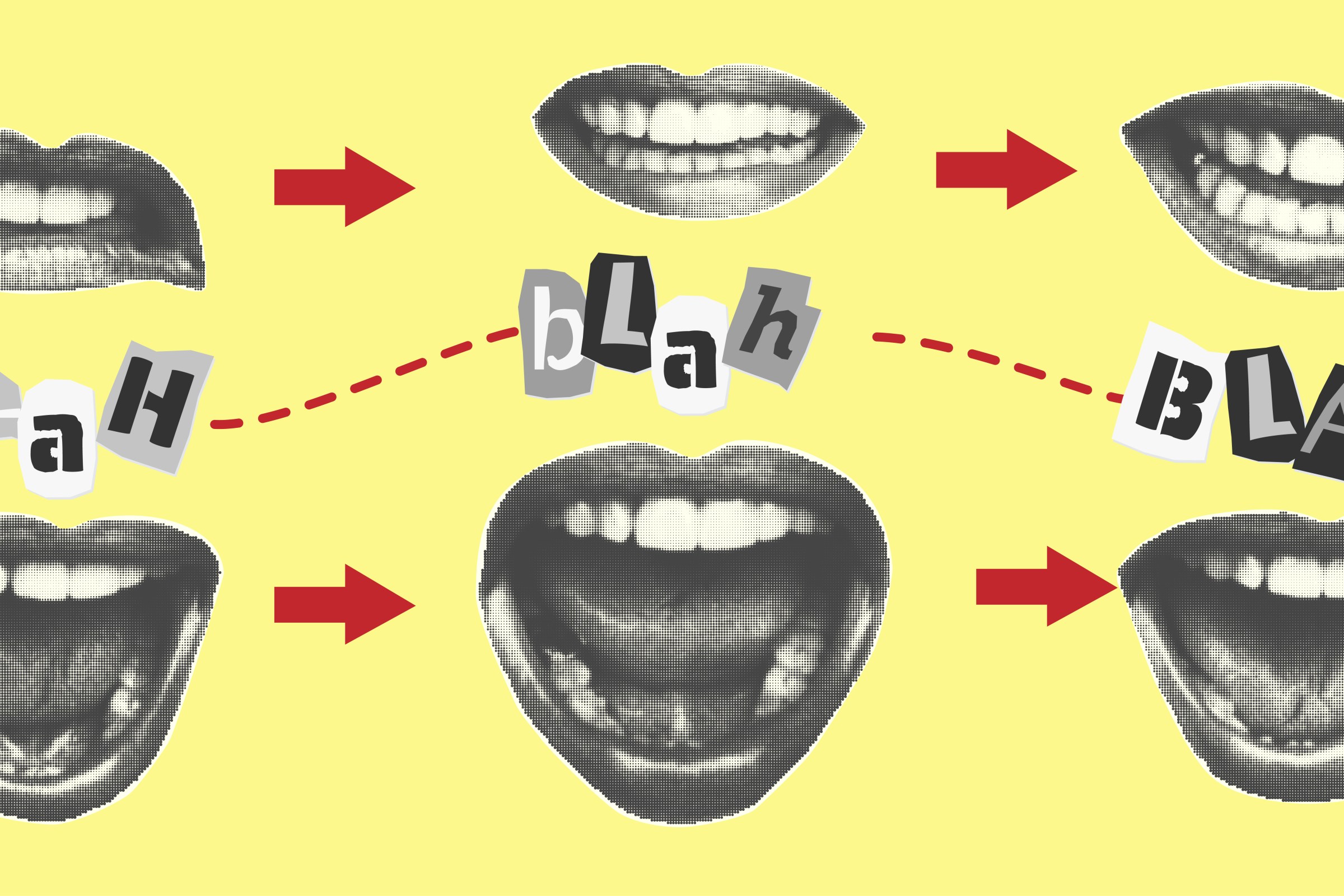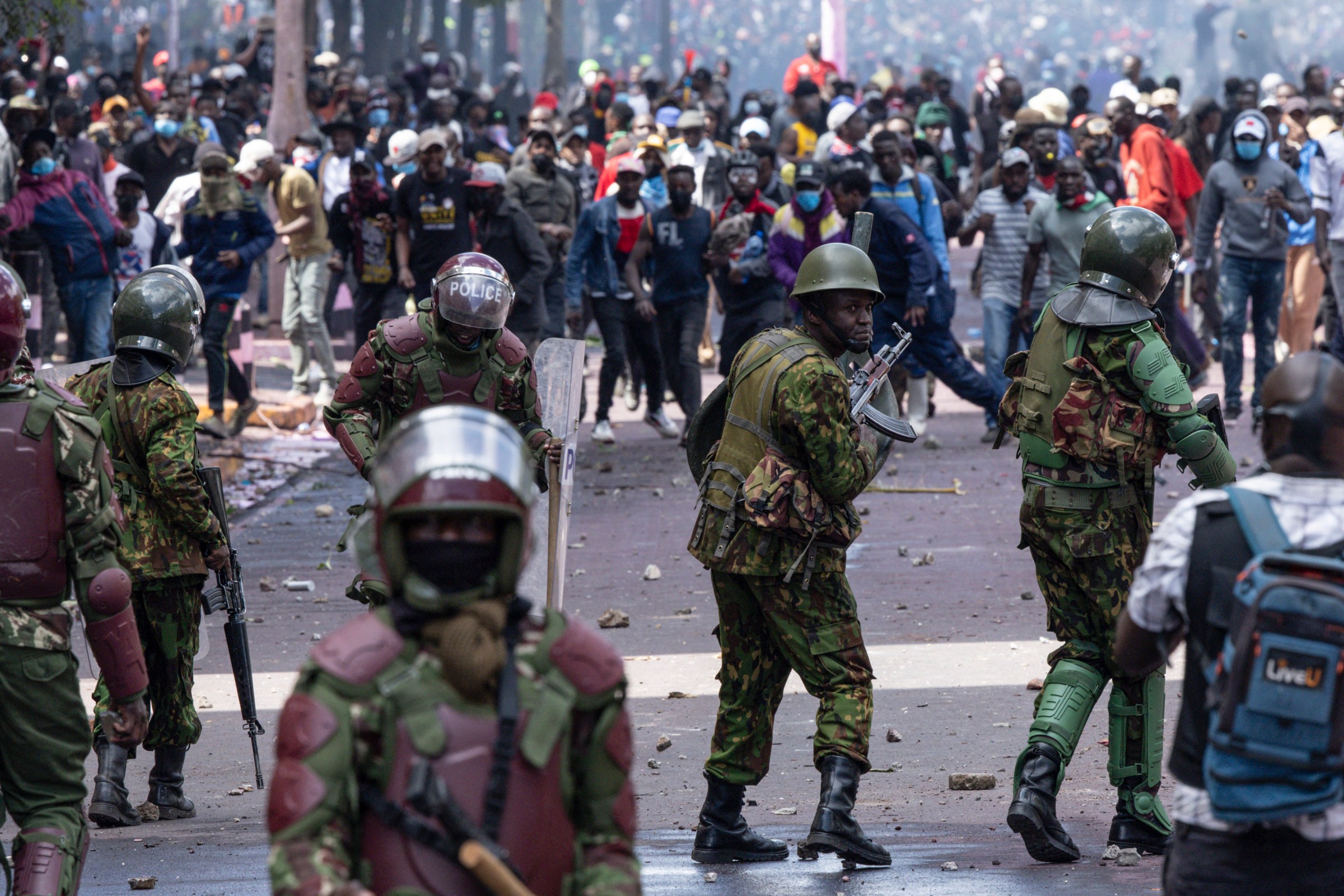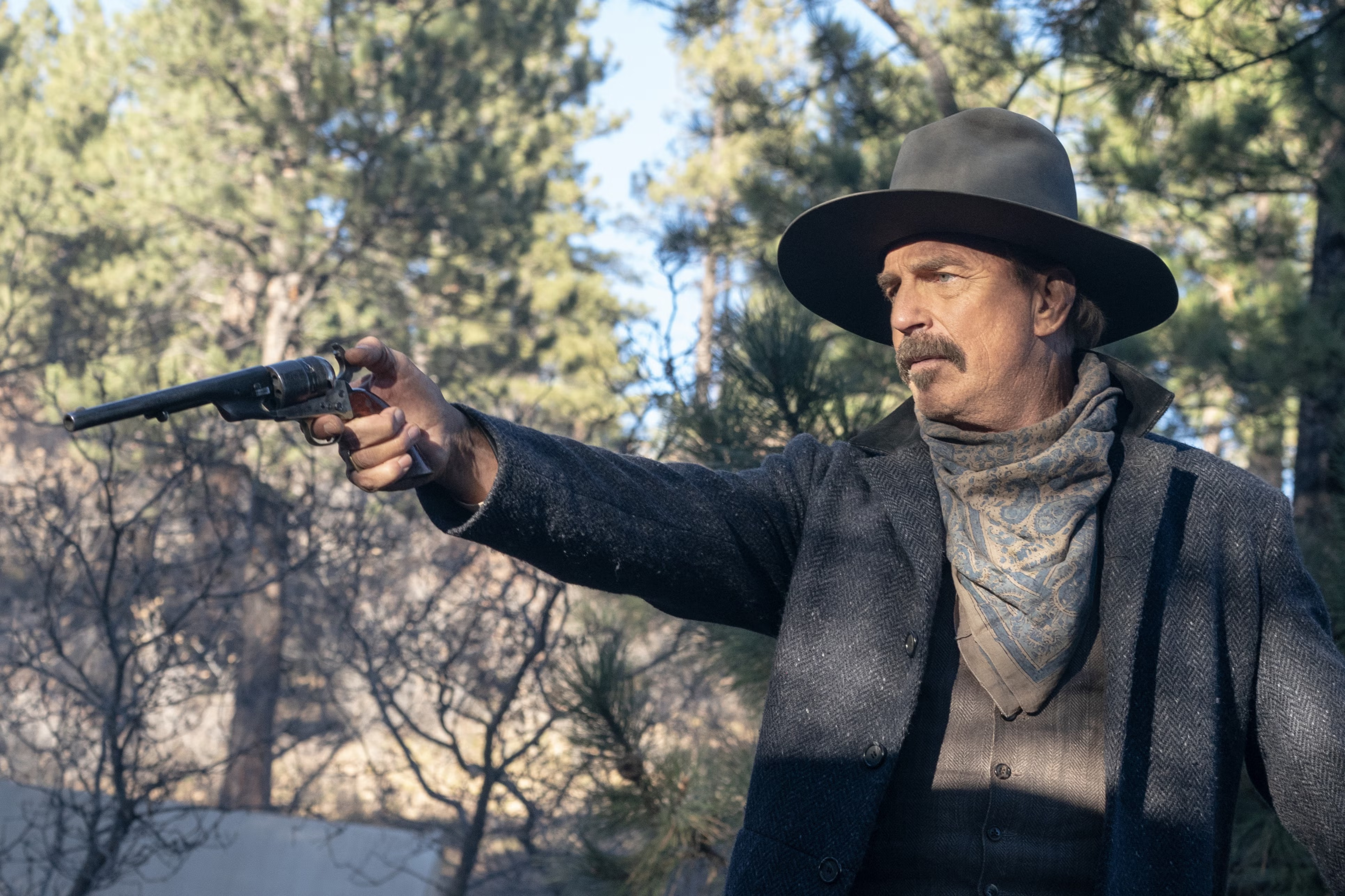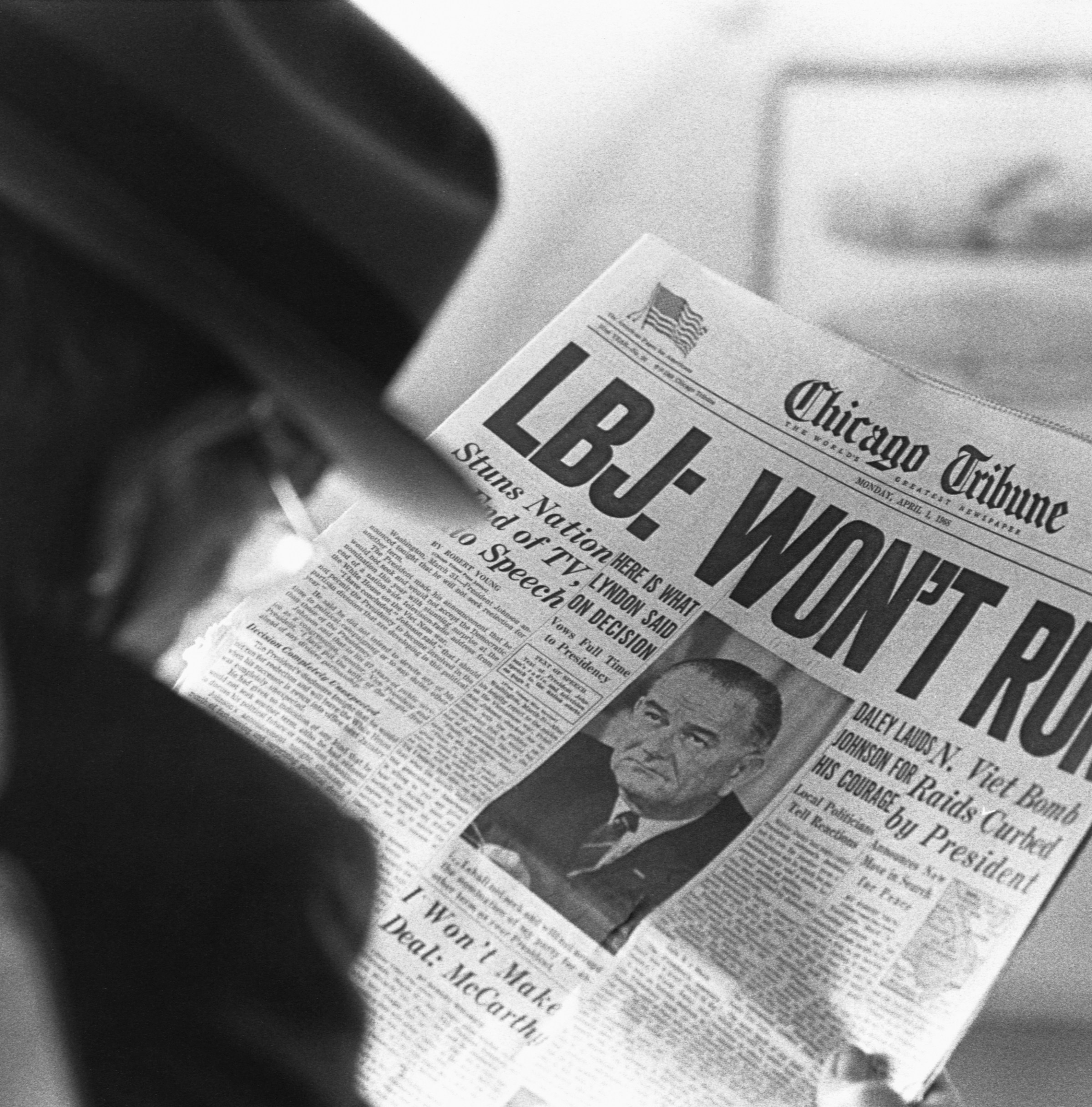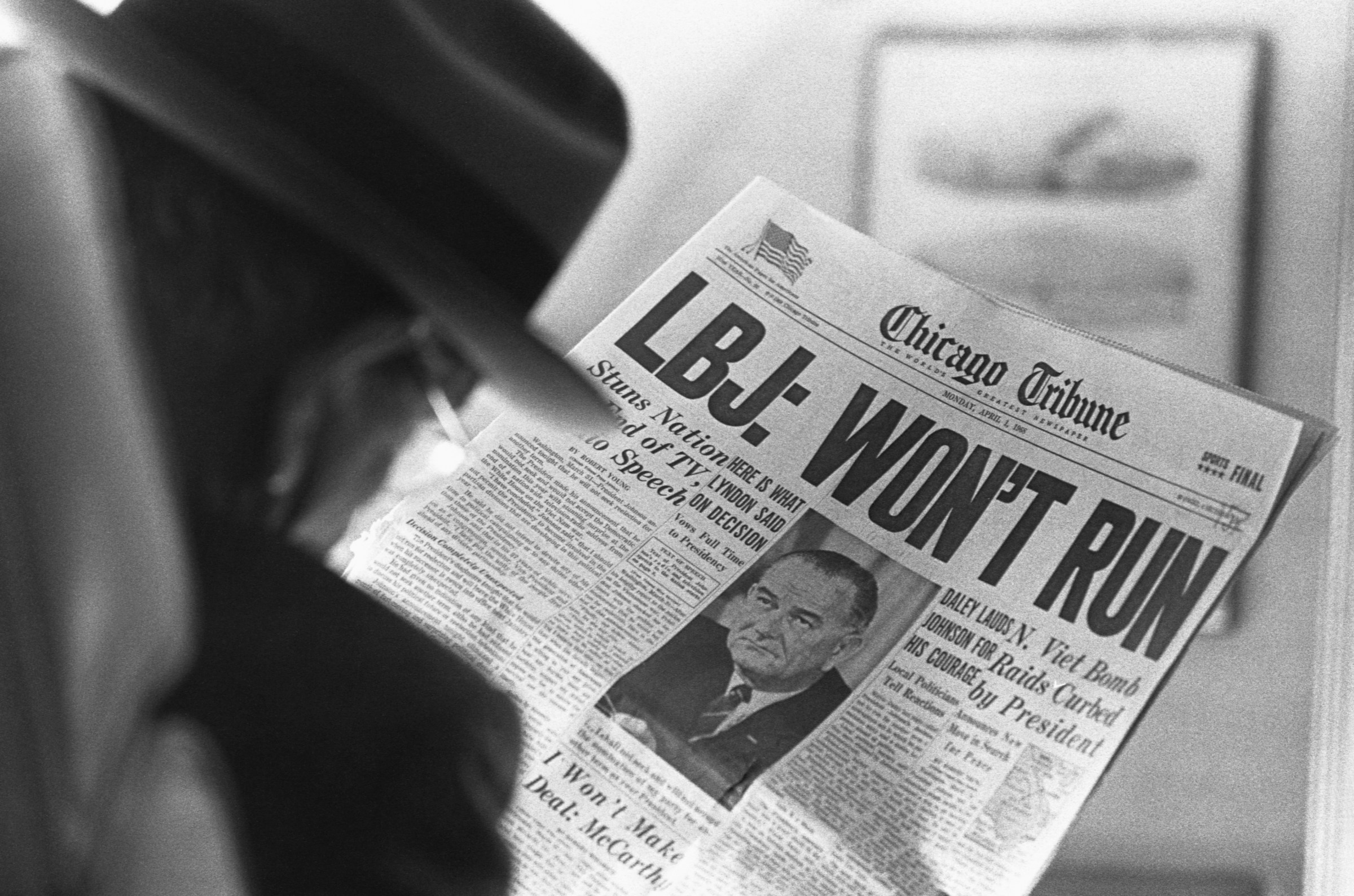Fans of the Ultimate Fighting Championship (UFC) have had Saturday blocked off on their calendars for months. They were all anticipating the long-awaited return of former UFC featherweight and lightweight champion Conor McGregor in UFC 303. But a broken toe ruined those plans just two weeks before fight night.
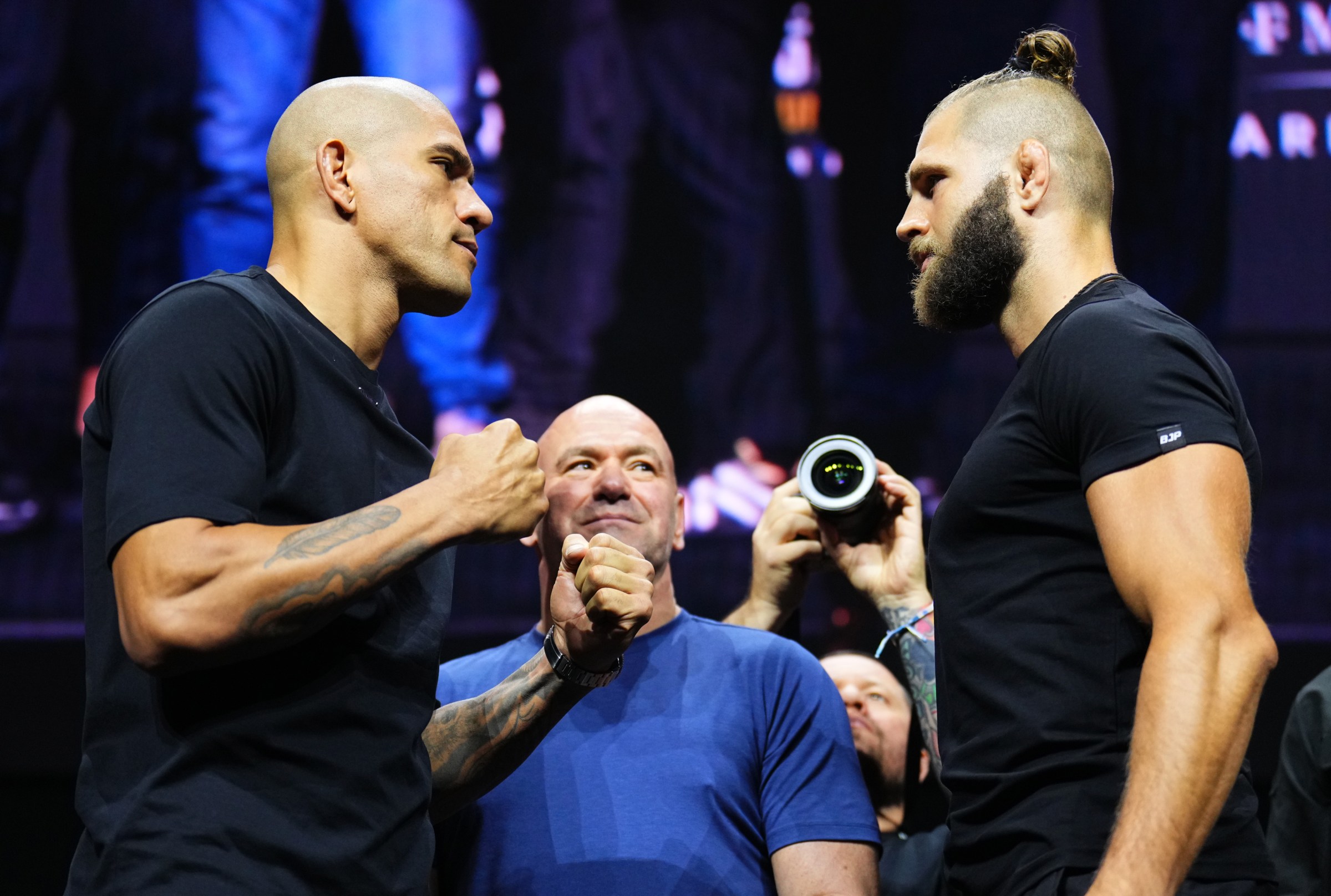

Instead, viewers are tuning in for what ultimately might be a much better contest between light heavyweight champion Alex Pereira and former champ Jiří Procházka. The fight will be a rematch between the two brawlers, who last met in November 2023. That first fight was a back-and-forth bout, with each fighter landing big blows and takedowns. Pereira won via TKO after a devastating hook allowed him to take Procházka to the ground for an old-fashioned pounding, landing punches and elbows before the referee stopped the fight.
This time around, the two will meet in front of more than 20,000 fans at a sold-out T-Mobile Arena in Las Vegas — with an estimated more than 2 million viewers watching from home.
UFC 303 is expected to bring in a record-breaking gate of $20 million, which is a feather in the cap for the most dominant league in the world of mixed martial arts (MMA). The UFC was recently valued at an eye-popping $11.3 billion.
But the UFC is more than just a sports sensation that lures fight fans and uninitiated looky-loos toward pricey pay-per-view events promising violence and excitement. The league is a cultural phenomenon. It’s turned fighters into celebrities; it’s created new expectations for what fighting looks like in movies and media; and it’s even intersected with national politics.
In fact, how UFC got this big says a lot about America today — and where American politics could be headed next.
How the UFC got so huge
The UFC hasn’t always been a behemoth. In its earliest days, it was unpolished; one of the company’s taglines was “there are no rules.”
Its no-rules violence led Sen. John McCain to call the UFC “human cockfighting.” The lifelong boxing fan wrote letters to governors in every state asking them to ban the organization’s events saying, “I’ve seen people repeatedly getting smashed in the face with a guy sitting on top of them. That’s not sport!”
“That really sent [the UFC] to a pretty terrible place. It got kicked off of Pay-Per-View. A lot of states didn't even want anything to do with it, they would shut down [fights] at the last minute,” Luke Thomas, a combat sports analyst for CBS Sports, told the Today, Explained podcast. “And in January 2001, the guys who originally founded the UFC, they threw in the towel. They sold it for $2 million to Dana White, [and] Lorenzo and Frank Fertitta.”UFC’s new owners struggled too. Then Donald Trump called, White said on a podcast, and said, “Come to my place. We’ll have you here at the Taj Mahal.”
Trump’s invite helped the UFC’s new owners in the short term, but it was really when they seized upon a new trend — America’s love of reality television in the early 2000s — and created the reality TV series The Ultimate Fighter on Spike TV that the league’s fortunes turned around.“For the casual audience who had maybe heard of UFC this put a brand new face on it,” says Thomas. “The world got to see really unique people doing a really crazy thing at the height of the reality TV show boom. And it worked!”
And the success of the first season led to more seasons. It led to deals with ESPN. The UFC was eventually valued as a billion-dollar sports organization. And it’s only improved its value and stature in culture since.

How MMA turned MAGA
Journalist Sam Eagan has been a longtime fan of combat sports. He writes and podcasts pretty often about UFC, MMA, and domestic extremism. And he says that he began to see the topics overlap after reporting on the growth of neo-Nazi fight clubs in the US.
“I would say fighting is in no way inherently a conservative sport, but it presents as being about the individual. It’s one person competing against one person in a very violent, dominant fashion,” Eagan told the Today, Explained podcast. “So there’s these themes of domination and violence — and in the case of the really, really far right … they’re very easily paralleled in MMA.”
But it’s not on the extremes where Eagan sees an overlap. He pointed to the 2016 Republican National Convention where Dana White became one of the first people to publicly endorse Trump.“For over 15 years, Donald Trump has been a loyal and supportive friend,” White said.“And I know that if I needed Donald, he would be there for me, just like he was when I first met him.”
Soon after that Trump was elected president. But in 2019 he was pretty unpopular. He was booed at the World Series in Washington, DC. “And so, he makes an appearance at a UFC event shortly after. And, you know, it gets the full treatment, the cameras panned to him, and fighters are cheering his name and talking about him in their post-fight interviews,” Eagan says.
Trump continues to appear at events periodically for the next few years. But then in 2023, it really takes off, Eagan says. “By my count, he appeared at three separate events in that year alone. [And] as I was watching these events, I would notice this feels like a captive campaign stop for Trump.”
“I'm sure there will be many more in the lead-up to the election.”
But it’s not just Dana White showing love for the former president. Former title contender Colby Covington has built a whole persona around being a Trump fan. He wears MAGA hats all the time; in post-fight interviews, he makes shoutouts to first responders, members of the military, and to Trump himself; and throws around phrases like “fake news” regularly.
Jorge Masvidal, a Cuban American fighter from Florida, held a series of pro-Trump rallies called Fighters Against Socialism. “We either re-elect President Trump and keep America great,” Masvidal said at one rally. “Or we let Joe Biden destroy the greatest country the world has ever seen.”
Despite the rising popularity of the UFC, and its owner’s and fighters’ embrace of conservative politics, Eagan says, “I do not think that the UFC will sway the election [for Trump].”
But he does believe that Trump’s embrace of UFC and combat sports has created a sort of blueprint for appealing to young men who “may be vaguely conservative but are generally sort of apolitical.”
According to the sports data site IMG Arena 75 percent of UFC’s fans are men and 88 percent of those men are between the ages of 18 and 44.
A demographic any candidate would be happy to tap into.
Most Popular
Web3 is the future, or a scam, or both
Hawk Tuah Girl, explained by straight dudes
Why the Supreme Court just ruled in favor of over 300 January 6 insurrectionists
The Supreme Court just made a massive power grab it will come to regret
The Supreme Court just lit a match and tossed it into dozens of federal agencies
